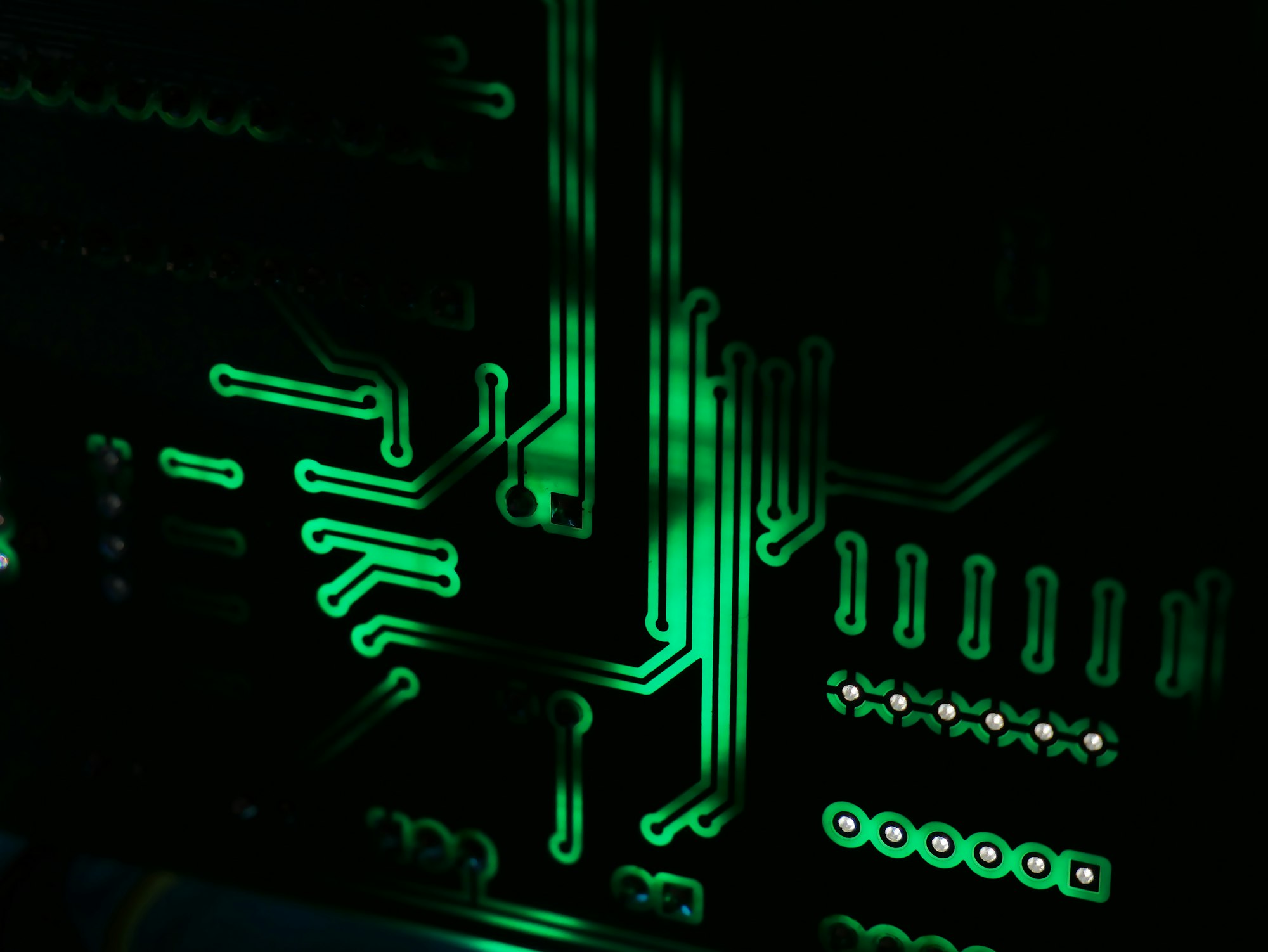Modern Computer Anatomy

Understanding the basic parts of a computer is essential for anyone looking to purchase, upgrade, or simply get the most out of their computing experience. Each component plays a crucial role in the computer's overall functionality, affecting everything from performance to the types of tasks it can handle. In this post, we'll explore the fundamental parts of a computer, including the Central Processing Unit (CPU), Motherboard, Random Access Memory (RAM), Storage (HDD and SSD), Graphics Processing Unit (GPU), and Power Supply Unit (PSU).
Central Processing Unit (CPU)
The Central Processing Unit, or CPU, is often referred to as the "brain" of the computer. It's responsible for executing instructions from both hardware and software. CPUs process everything from basic commands to complex calculations, making them critical for the computer's performance. The speed of a CPU is measured in gigahertz (GHz), indicating how many operations it can perform in a second. Modern computers may feature multi-core CPUs, enhancing their ability to perform multiple tasks simultaneously.
Motherboard
The motherboard is the main circuit board inside the computer and acts as the backbone connecting all components. It houses the CPU, RAM, and other critical parts, facilitating communication between them. The design and layout of the motherboard determine the computer's capabilities, including which CPU models it can support, the amount and type of RAM, and the number of expansion slots available for additional components.
Random Access Memory (RAM)
Random Access Memory, or RAM, serves as the computer's short-term memory. It temporarily stores data and programs that are actively being used, allowing for quick access by the CPU. More RAM enables a computer to run multiple applications simultaneously and handle more complex tasks efficiently. RAM is measured in gigabytes (GB), with higher amounts typically leading to better multitasking performance.
Storage (HDD and SSD)
Storage devices are where data is kept long-term, even when the computer is turned off. Hard Disk Drives (HDD) use spinning disks to read and write data, offering large storage capacities at a lower cost. Solid State Drives (SSD), on the other hand, use flash
memory with no moving parts, providing faster data access speeds and increased durability. While SSDs are generally more expensive per gigabyte than HDDs, they significantly reduce boot and load times, making them a popular choice for the operating system and frequently used applications.
Graphics Processing Unit (GPU)
The Graphics Processing Unit, or GPU, is specialized hardware designed to accelerate the rendering of images, videos, and animations. It is essential for tasks that require high-resolution graphics and video processing, such as gaming, 3D modeling, and video editing. GPUs can be integrated into the CPU or offered as separate components (dedicated GPUs) for higher performance needs. Dedicated GPUs are particularly important for gaming computers and professional workstations requiring intensive graphic processing.
Power Supply Unit (PSU)
The Power Supply Unit, or PSU, converts power from your home electricity supply into a form that the computer components can use. It supplies power to the motherboard, CPU, storage devices, and other peripherals. Choosing the right PSU is crucial for system stability and efficiency; it should provide enough power for all components and have a high efficiency rating to save on electricity costs.
Conclusion
Understanding the basic parts of a computer is the first step toward making informed decisions about purchasing, upgrading, or troubleshooting computer hardware. Each component, from the CPU and motherboard to the RAM, storage, GPU, and PSU, plays a vital role in the computer's functionality and performance. By familiarizing yourself with these essential parts, you can better appreciate the complexity and capability of modern computing devices and tailor your system to match your specific needs and tasks. We encourage you to delve deeper into how these components work together and explore the vast possibilities that personal computing offers.
